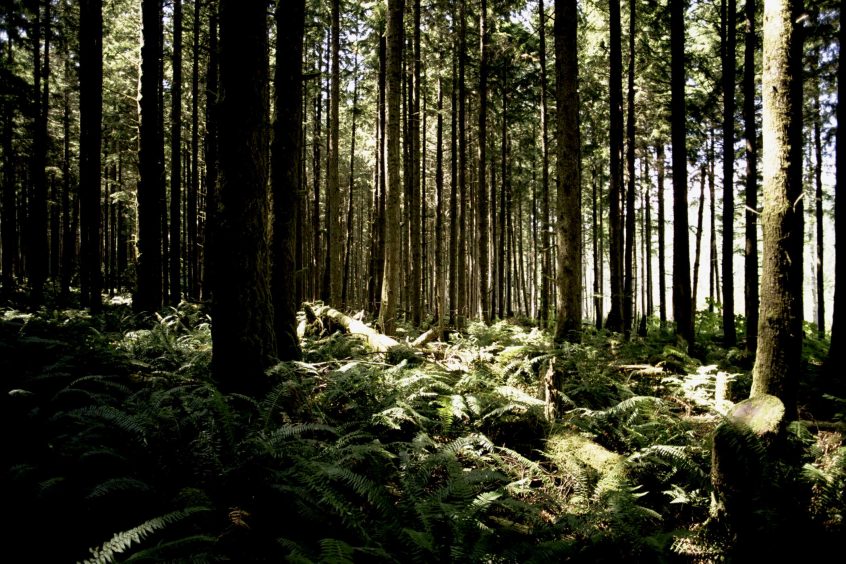The wildfires across the West this summer – and the smoke hitting cities like Seattle, Portland and Eugene – are leading to a search for solutions. How can we prevent these devastating wildfires, and the wildfire seasons that keep getting worse every year?
The Capital Press editorial board has an idea.
The answers won’t be easy to make or accept. Additional harvest is likely in many cases to be the most affordable way to control fire risk, while providing a useful economic boost to rural areas. Thinning will be more environmentally palatable in other places, but tends to be expensive. Prescribed burns — never popular — will sometimes be the right way to go.
We in the Northwest don’t want to have to get used to having dangerous air. Nobody should have to become good at wearing filtration masks, or interpreting air-quality warnings. We must get ahead of the fires before they get ahead of us.
Ted Reiss, a longtime forester in Eugene, Ore., and member of the Society of American Foresters, writes this week that working forests must continue to be economically viable in order to facilitate the active, sustainable forest management necessary to keep forest health in check.
Carbon leaves the forest in three primary ways: as smoke, through natural biological breakdown or in building products. We should be working to decrease the smoke and increase the removal of valuable wood products. Lumber, paper or other items we use every day continue to store carbon for the life of the product. For every tree that’s harvested in Oregon, four are planted to replace it, starting the carbon sequestration cycle anew. Moreover, using wood building products permanently avoids using more carbon-intensive building products.
Immediately after the Horse Prairie Fire of 2017 scorched approximately 16,000 acres in southwest Oregon, salvage harvesting began on private land. The same occurred following the devastating fires of 2013 and 2015. The same can be said for many historical fires, including the Tillamook Burns and the Oxbow Burn southwest of Eugene in the 1960s.
These days, almost zero salvage harvesting occurs on federal forests. Leaving standing dead trees only invites more lightning-caused fires and increases safety risks for firefighters. Managing these lands for fire resiliency through active forest management can reduce devastating impacts from smoke and provide good carbon cycle benefits.
More than half of all forests in Oregon are owned by the federal government. Our policymakers can do something to improve Oregonians’ health risks, reduce forest fires and mitigate climate change: Encourage the use of Oregon-grown wood from federal forests. Private forests are sustainably managed for fire resiliency and produce environmentally-friendly products for the world. Federal forests should do the same.
